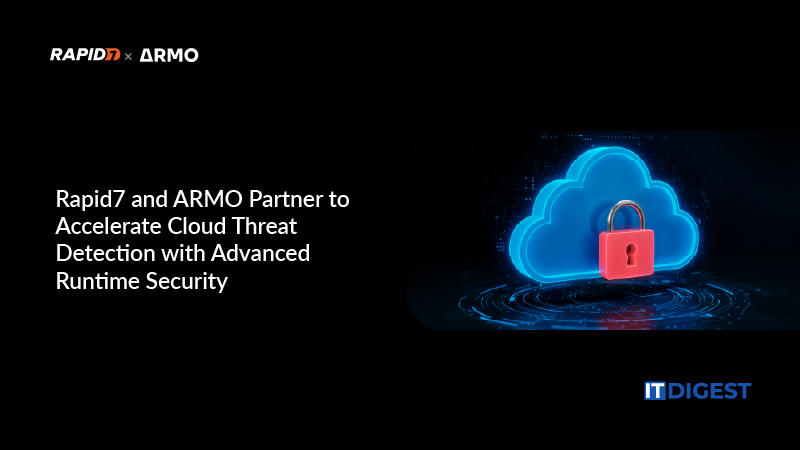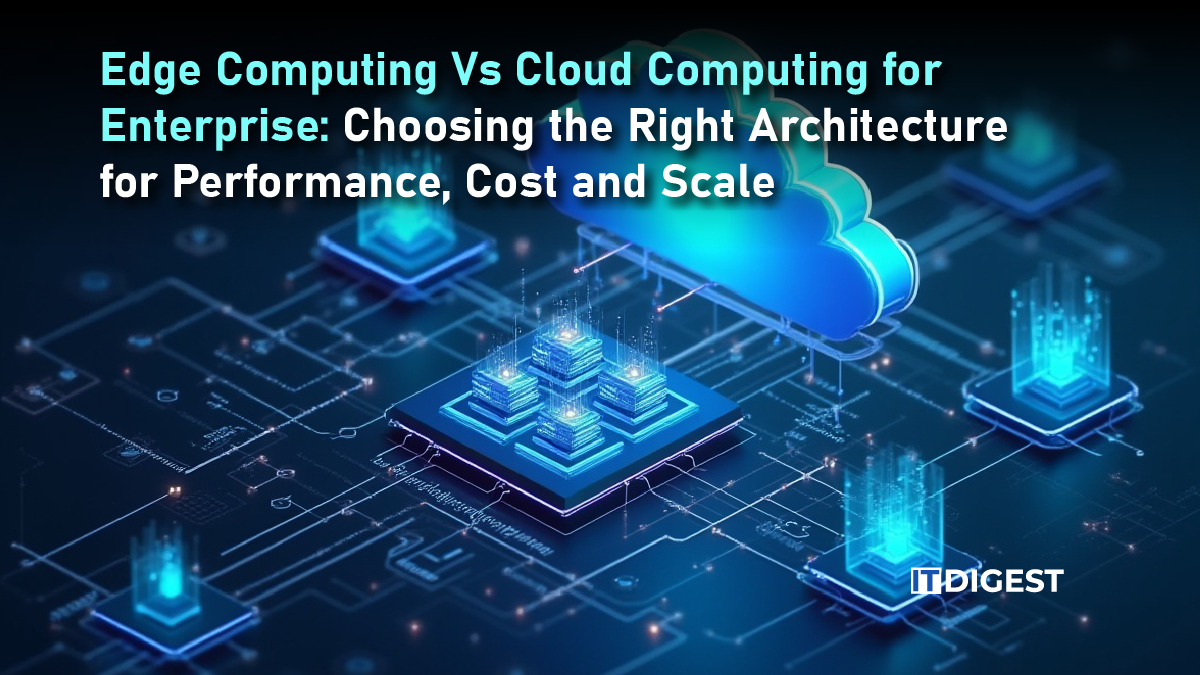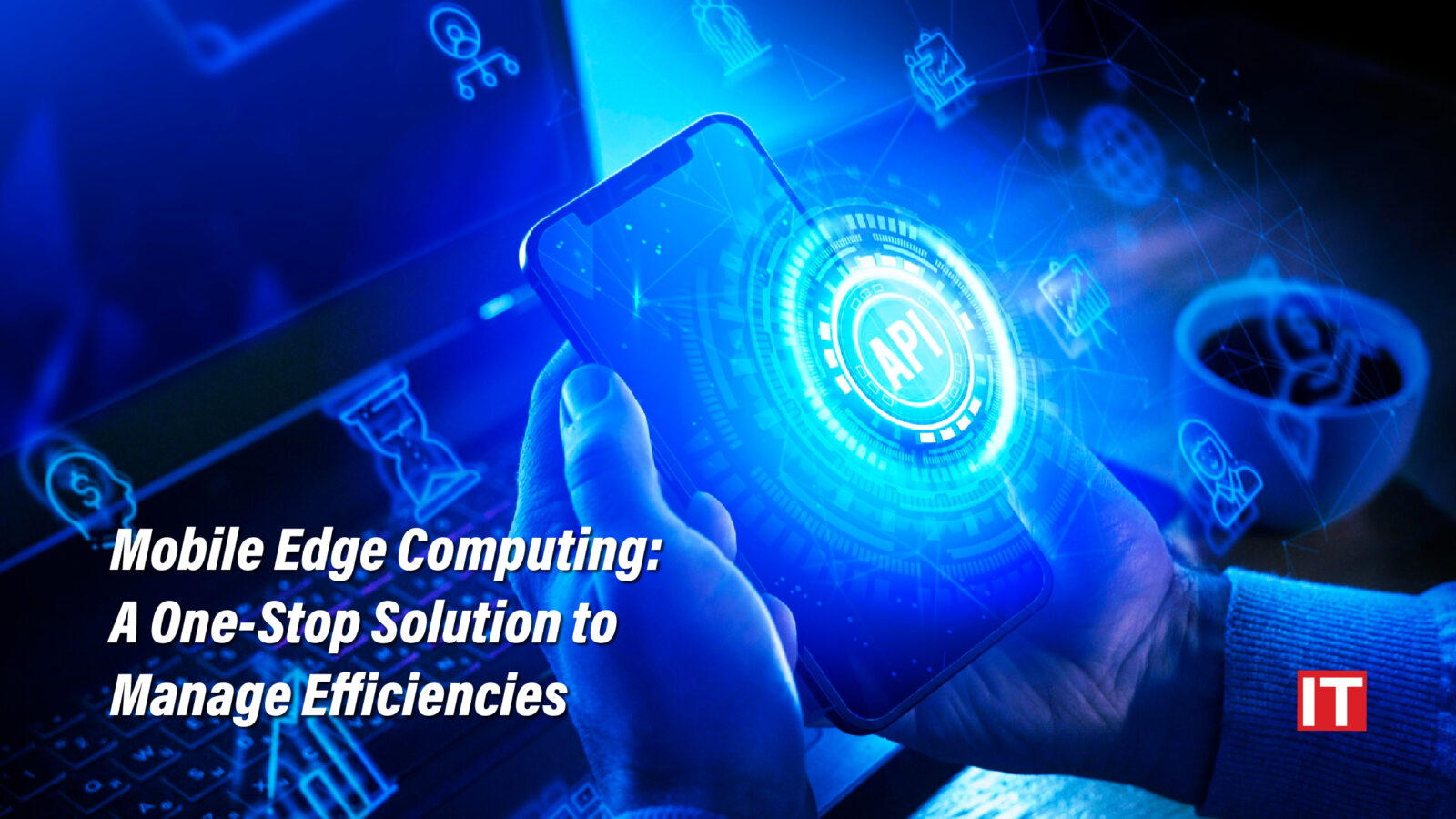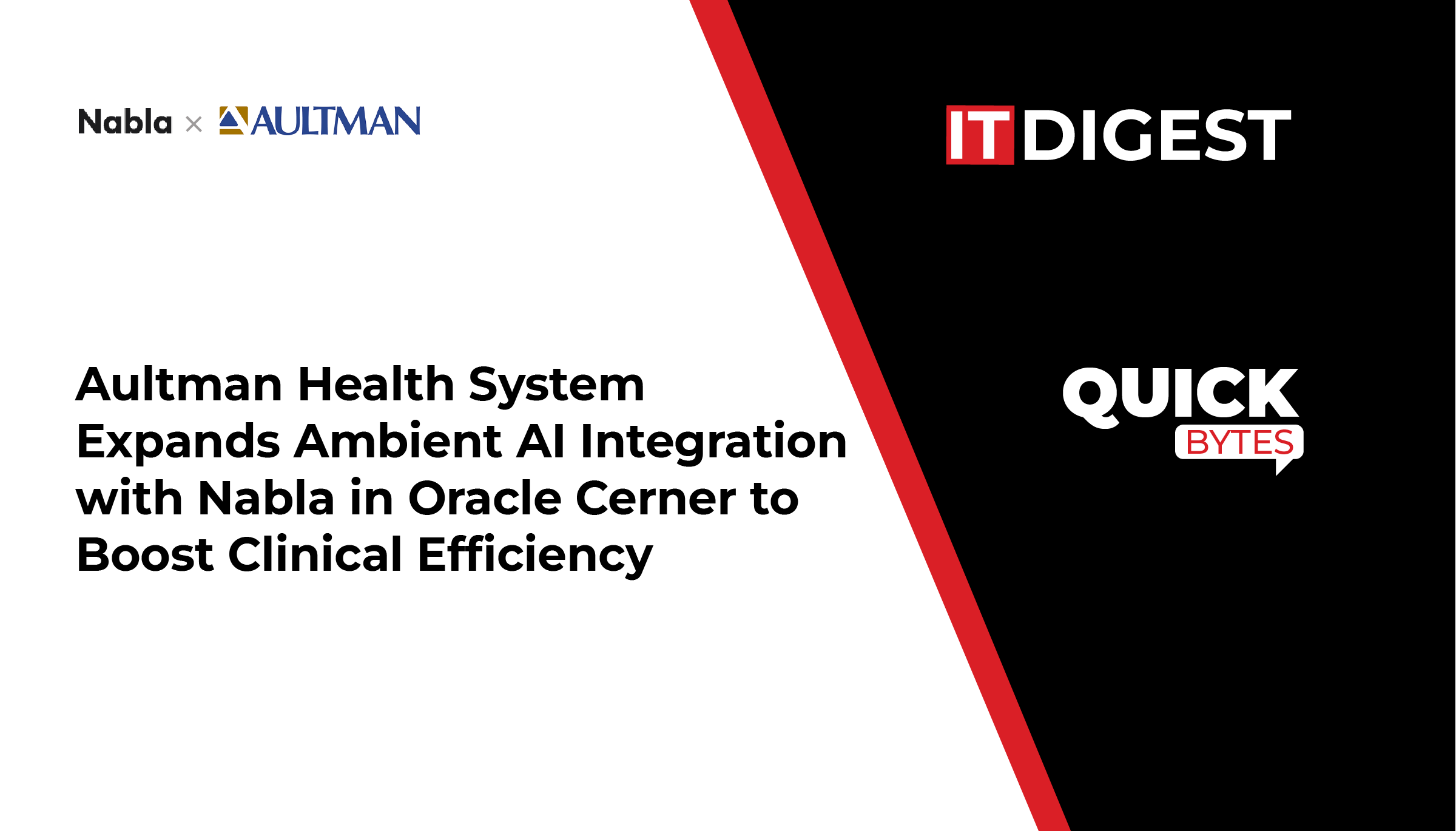Mobile edge computing, now referred to as multi-access computing, focuses on placing computing power as close to the end-user as feasible. This approach is often described as “the edge of the edge.” While it may sound abstract, the fundamental idea behind this computing is to process data nearly instantaneously by conducting computations in close proximity to where the data is initially captured.
Let’s understand everything about it.
What is Mobile Edge Computing?
Mobile edge computing (MEC), alternatively known as multi-access edge computing, constitutes a network architecture that extends cloud computing capabilities to the periphery of a cellular network. By relocating computational functionality nearer to the user, it diminishes network congestion, enhances performance, and accelerates data transmission.
MEC disperses compute resources throughout networks, physically positioning them closer to the end-user. This strategy alleviates congestion on central networks, diminishes latency, and unlocks fresh 5G business prospects for both carriers and enterprises. MEC employs an architecture reliant on Virtual Network Functions, managed by a Virtualization Infrastructure Manager (VIM).
Mobile Edge Computing and Multi-Access Computing: Are Both the Terms Different?
 In any discussion on MEC today, the term “multi-access computing” will come up. Why?
In any discussion on MEC today, the term “multi-access computing” will come up. Why?
These terms are frequently used indiscriminately at the highest level, but there are pointed distinctions.
When it first started, mobile networks were the primary focus of mobile edge computing. However, it soon became clear that the smartphone is just one of many connected devices that need low latencies and increasingly high bandwidths. In order to properly reflect the scenario and take into consideration the increasing number of connected devices and applications, the term needed to be changed.
Mobile edge computing became multi-access edge computing under the umbrella of ETSI’s MEC ISG in 2016. As several real-world MEC initiatives have ended up depending on numerous networking topologies, including fixed wireless, Wi-Fi, and hard-wired access, the notion of MEC is now more appropriately expanded beyond mobile networks under this new nomenclature.
MEC: The Standards Framework
Most importantly, MEC is a standards framework. It was created and is currently managed by the European Telecommunications Standards Institute (ETSI), an ESO and the authorized regional standards body dealing with telecommunications, broadcasting, and other electronic communications networks and services.
The MEC standardization initiatives are supervised by the ETSI MEC Industry Specification Group (ISG). The primary goal of the group is to establish a uniform, open environment that will make it easier for vendors, service providers, and other third parties to integrate applications across multivendor MEC platforms.
Let’s look at how the “mobile” phrase in mobile edge computing differs greatly now that we are aware of what is mobile edge computing.
Mobile Edge Computing (MEC) vs Edge Computing
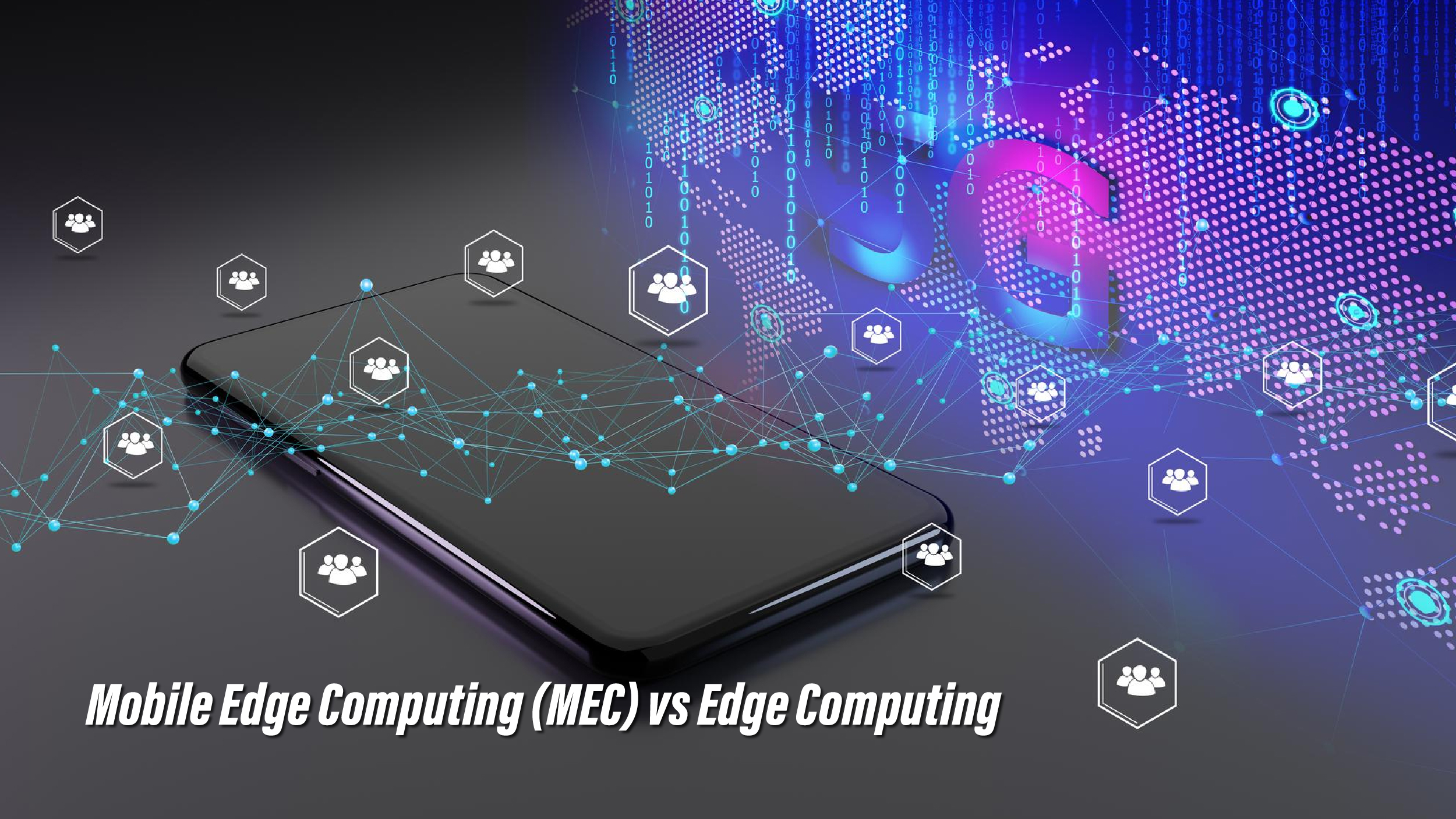 The terms edge computing and multi-access edge computing are frequently used interchangeably. Even though they are interrelated, they differ in just a few basic ways. As a network concept or model, edge computing strives to bring IT resources including storage and computing power closer to the data source and end user.
The terms edge computing and multi-access edge computing are frequently used interchangeably. Even though they are interrelated, they differ in just a few basic ways. As a network concept or model, edge computing strives to bring IT resources including storage and computing power closer to the data source and end user.
In contrast, MEC is a standard architecture or a type of edge computing that offers crucial computing capabilities closer to the user and at the edge of the network. The functionality and capacities of networks, particularly 5G mobile edge computing, are improved by this architecture, enabling businesses to create apps more effectively and reliably.
In other words, MEC offers mobile network operators the chance to improve the performance of their networks, enabling them to function as edge cloud providers. Hence, these service providers can take advantage of their wired and wireless infrastructure to grow more innovative and flexible.
MEC Uses Cases
MEC has been mentioned in several new 5G use cases, such as autonomous vehicle functionality, industries enhanced by artificial intelligence (AI) and machine learning (ML), such as shipping and logistics, manufacturing, heavy industry, and augmented reality and virtual reality (AR/VR) in the manufacturing, healthcare, and other sectors.
In order to offer 5G mobile edge computing (MEC) services in a number of US cities, American carrier Verizon and Amazon Web Services (AWS) have partnered together. To provide safe tours of Morehouse College during the pandemic, for instance, Aetho, the creator of the AR/XR telepresence platform Beame, has used MEC. In order to allow potential students to see the Morehouse College campus without having to physically travel there, the business has developed a 3D, fully interactive, online version of the campus.
In 2020, Google announced its Global Mobile Edge Cloud (GMEC) strategy, which aims to provide a “portfolio and marketplace of 5G solutions developed cooperatively with telecommunications firms” by using its Anthos multi-cloud platform to build those solutions. It will do this by means of its distributed edge computing architecture. Since then, Google has collaborated with several telcos to create MEC solutions, including Telefonica in Spain, Orange in France, and Telus in Canada.
Since players demand high-performance, low-latency communication, which puts pressure on cloud computing and network resources alike, MEC also has applications in the entertainment industry, particularly in cloud gaming. At the E3 Expo in Los Angeles in 2021, Verizon aimed to partner with game developers to offer cloud gaming solutions with Verizon 5G MEC technology.
Final Takeaway
Mobile edge computing is a network architecture that brings cloud computing capabilities closer to the edge of a cellular network. It enables the processing of data in near real-time by distributing computational resources to the edge of the network, reducing latency and improving performance. MEC is particularly relevant in the context of 5G networks, as it allows for the deployment of compute-intensive and latency-sensitive applications at the edge. By leveraging MEC, businesses can benefit from reduced network congestion, enhanced quality of experience for end users, and the ability to deploy real-time enterprise applications. MEC is an emerging technology that holds great potential for transforming the way data is processed and services are delivered in mobile networks.








